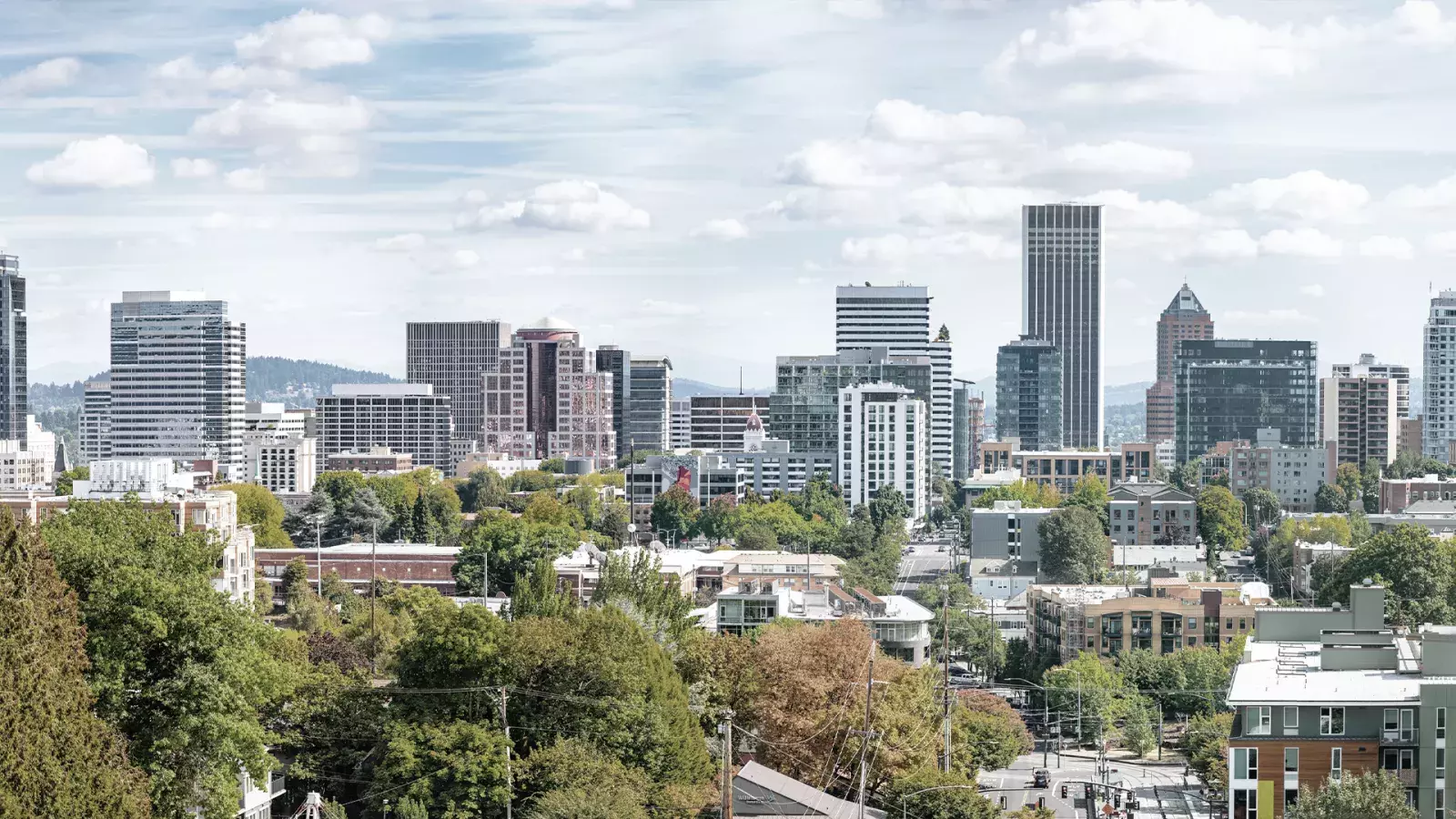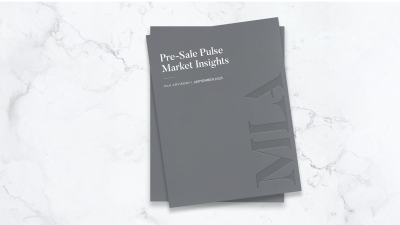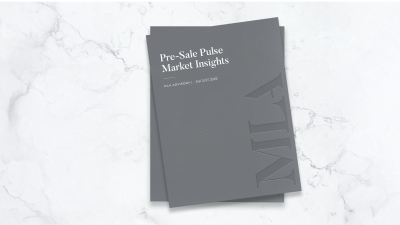When looking at the numbers coming out of August 2022, the team is beginning to see the dust settle in British Columbia’s real estate markets. Though still falling below the 10-year average, resales in August improved from a historical perspective relative to what we saw in June and July. Buyers are beginning to re-examine the market and explore what opportunities are available now that supply-demand metrics have softened. Though we continue to face headwinds by way of rising interest rates, these markets are likely to see renewed optimism as buyers return in the early fall.
GREATER VANCOUVER SHOWS SIGNS OF LEVELLING OUT
August marked the fifth consecutive month of declining resale transactions in the Greater Vancouver area. However, it’s not all doom and gloom; the decline – a minimal 0.9% – was moderate relative to the 10-26% month-over-month declines we’ve been exposed to in previous months. This makes us hopeful for a continued slowdown of decline. Interestingly, the supply in Greater Vancouver declined at a faster rate than sales did, with inventory falling 6.1% in August compared to the prior month. As a result, the sales-to-listings ratio in Greater Vancouver increased for the first time since the height of the market in March – an exciting bellwether. The sales-to-listings ratio in August was 12.2% for detached homes, 25.3% for townhomes, and 24.8% for condominium product, creating an overall average of 19% across property types. Benchmark pricing continues to compress in Greater Vancouver’s market. The composite benchmark price declined a further 2.2% from July. Across product types, prices declined 2.3%, 2.5%, and 2.0% for detached, townhome, and condominium product, respectively.
FRASER VALLEY CONTINUES TO STALL
The housing market in the Fraser Valley experienced further settling in August, with sales continuing to stall likely in response to interest rate rises. The area saw 1,017 resales this August, which was an unfortunate 51.3% decline from August 2021 but a bolstering 2.4% increase from the month prior, July. The largest gains were seen in detached homes and townhomes, which are up 6.1% and 20.5% respectively in sales volume when compared to July. At the end of the month, the sales-to-listings ratios sat at 26% for townhomes, 25% for condominiums, and 14% for detached homes with an overall ratio of 17%. Active inventory has come a long way from the historically low levels seen over the same period in 2021, increasing 44% from last year. As with Greater Vancouver, home prices declined across all product types within the Fraser Valley. The composite benchmark prices fell 4.5% from last month; detached homes saw a decrease of 5.1%, townhomes dropped 3.9%, and condominium product decreased by 2.1%.
GREATER VICTORIA SEES LESS PRESSURE ON BUYERS
August faired on the side of the buyer in the Greater Victoria market. Typically, August is one of the slower months in real estate in the area, and 2022 saw no exceptions to that pattern. 478 resales occurred in Greater Victoria in August, which is 42.5% fewer than August of last year. Urgency among buyers in Victoria fell sharply, which led to declining sales and increasing inventory across the Capital Region. The market had 2,137 active listings at the end of last month, which is nearly double the inventory seen in August 2021. Within those listings, the benchmark pricing for detached homes decreased by 2.9% from July and condominiums decreased by a similar 2.8% from the month prior. Victoria’s sales-to-listings ratio landed at 28.1% in August, compared to August 2021’s notable 94.9% SL ratio. The region shows all signs of continuing to move toward a more balanced market.
PRICES LEVEL OUT IN THE OKANAGAN
The real estate market in the Okanagan has changed drastically over the past few months as buyer demographics and interests shift. Sales activity increased in Central Okanagan in the month of August, with a month-over-month absorption increase of 4% since July. Sales and absorptions are down in North Okanagan with absorptions hovering around 20%. Similarly, the Shuswap region's absorption maintained around 17% for the past 3 months. Compared to the first quart of the year, these statistics may seem poor or not ideal for those keeping their eye on the market for the opportune time to invest. It is important to note that prices have declined since the start of the year and that it is not uncommon, especially when looking at the past 25 years, to see low double-digit absorptions or even single digits for a period. As we start to see the levelling of prices across the Okanagan, attention will be turned to the Bank of Canada as more announcements are set for the remainder of the year.
PRESALE PAUSES AND INDUSTRY INFLUENCES
For those watching for new presale projects, August saw seven new projects begin sales which released just over 500 units to market. Developers generally opted to skip the August market and instead launch in late September and in October. Wood frame products in West Coquitlam will be a feature of September’s market. Skylark by Polygon, Sol by Adera, and Florin by Allaire Living and The Circadian Group are all in their final stages and are preparing to launch to the public in the coming weeks. Anthem is kicking off their ‘AMP’ sales program which will release over 1,000 units this fall. Additionally, AMP will include three master-planned communities starting with Georgetown 2 in Surrey, South Yards in Brentwood, and SOCO 2 in West Coquitlam. While not set to start construction soon, a notable announcement was released by the federal government recently regarding a $1.4 billion federal loan issued for the Sen̓áḵw project, set to be located south of Burrard Bridge. This project is a partnership between Westbank and the Squamish Nation and will include 11 towers and over 6,000 units. In looking at what else is to come, municipal elections will be taking place on October 15th across British Columbia. As campaigns ramp up to garner support, we can expect real estate and housing affordability to be top of mind topics for politicians and voters.



